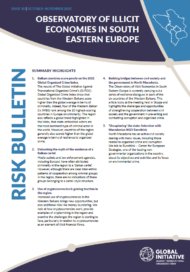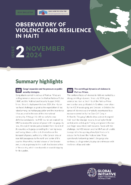Posted on 20 Dec 2008
Indicators of the world drug situation remain favourable over the long-term, but there are recent warning signs that must be heeded.
A global and long-term perspective reveals that illicit drug use has been contained to less than 5% of the adult population (yearly incidence rate for people aged 15-64). In other words, less than one in every twenty people used illicit drugs at least once in the past 12 months. Problem drug users (people severely drug dependent) are limited to less than one tenth of this already low percentage: there may be 26 million of them, about 0.6% of the planet’s adult population. This is an impressive achievement when considered in the historical perspective of a century of drug control (reviewed in Chapter 2), or the decade since a special session of the United Nations General Assembly (UNGASS) in 1998 which motivated countries to be more proactive in reducing drug supply and demand. It is also an undeniable success when compared to the consumption of tobacco or alcohol, addictive psychoactive drugs that are used by at least one quarter of the world’s adult population, and cause millions of deaths every year. In the absence of the drug control system, illicit drug use may well have reached such levels, with devastating consequences for public health. In short, in terms of reducing demand, national and multilateral drug control seem to be working.



